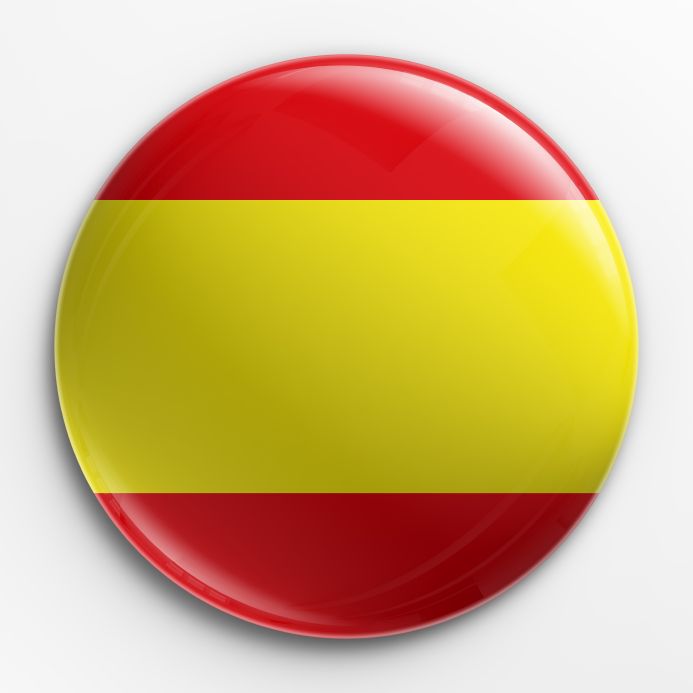Digital divide when talking about mental illness
 According to OECD (2001, p.5) the term “digital divide” refers to “the gap between individuals, households, businesses and geographic areas at different socio-economic levels with regard both to their opportunities to access information and communication technologies (ICTs) and to their use of the Internet for a wide variety of activities”. The digital divide is a result for and simultaneously a risk factor for many social inequalities, including the social exclusion of mental health users along with other minorities, such as older people, women and ethnic minorities.
According to OECD (2001, p.5) the term “digital divide” refers to “the gap between individuals, households, businesses and geographic areas at different socio-economic levels with regard both to their opportunities to access information and communication technologies (ICTs) and to their use of the Internet for a wide variety of activities”. The digital divide is a result for and simultaneously a risk factor for many social inequalities, including the social exclusion of mental health users along with other minorities, such as older people, women and ethnic minorities.
Access to ICT technology is valuable not only for the effective everyday communication but also for more specialized uses. In the case of mental health users, satisfactory command of the internet can among other benefits unveil new therapeutic options, such as computerized therapy, self-help platforms and online CBT. Mobile apps are now available to patients in order that they record their mood, behaviour and activities in real-time using well-validated measures (Hollis & al., 2015). E-mental health empowers patients to exercise greater choice and control. Unfortunately, familiarity with telehealth in general, i.e. use of digital information and communication technologies, such as computers and mobile devices, to manage health and well-being seems to be compromised by the digital divide.
Although the main reason that the digital divide in general population is their self-exclusion, this cause does not apply to the digital divide of mental health users. To the contrary, according to recent research (Ennis & al, 2012), mental health users, and more specifically adults with psychosis, are interested in improving their ICT skills. Apart from this differentiation, the access and use of ICT by mental health users, is similar to general population.
To put it shortly, emphasis should be put on the training of mental health users on ICT and the new technological advances in the field of communication. Mental health users not only need but also seek the access to and use on modern technologies.
References
- Ennis, L., Rose, D., Denis, M., Pandit, N, & Wykes, T. (2012). Can't surf, won't surf: The digital divide in mental health. Journal of Mental Health, 21(4), 395–403. Retrieved on 22/6/2016 http://www.ncbi.nlm.nih.gov/pmc/articles/PMC3433178/
- Hollis, C., Morriss, R., Martin, J., Amani, S., Cotton, R., Denis, M., Lewis, S. (2015). Technological innovations in mental healthcare: harnessing the digital revolution. The British Journal of Psychiatry, 206(4), 263-265. Retrieved on 22/6/2016 http://bjp.rcpsych.org/content/206/4/263#sec-3
- OECD (2001). Understanding the digital divide. Retrieved on 22/6/2016 https://www.oecd.org/sti/1888451.pdf





